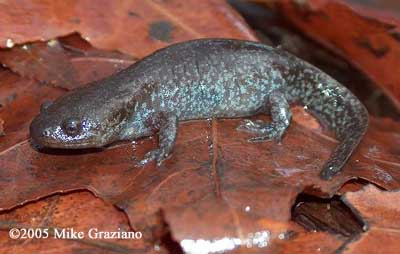- Joined
- Feb 6, 2001
- Messages
- 8,173
- Reaction score
- 430
- Points
- 83
- Age
- 46
- Location
- USA
- Country
- Ireland
- Display Name
- John Clare
I collected a few of these eggs of Ambystoma talpoideum, the Mole Salamander, last weekend in East Texas:

The eggs have just hatched and here is one of the larvae (same larva in both photos):


The eggs have just hatched and here is one of the larvae (same larva in both photos):

